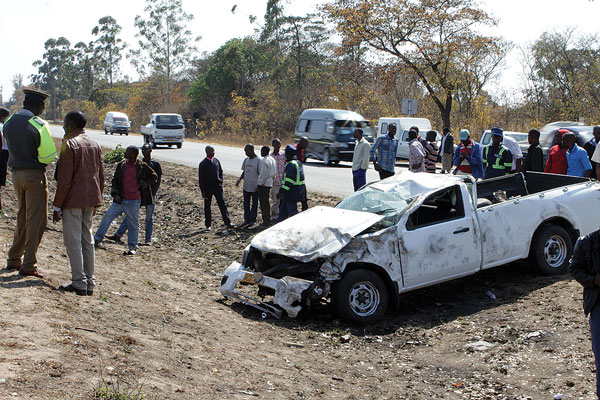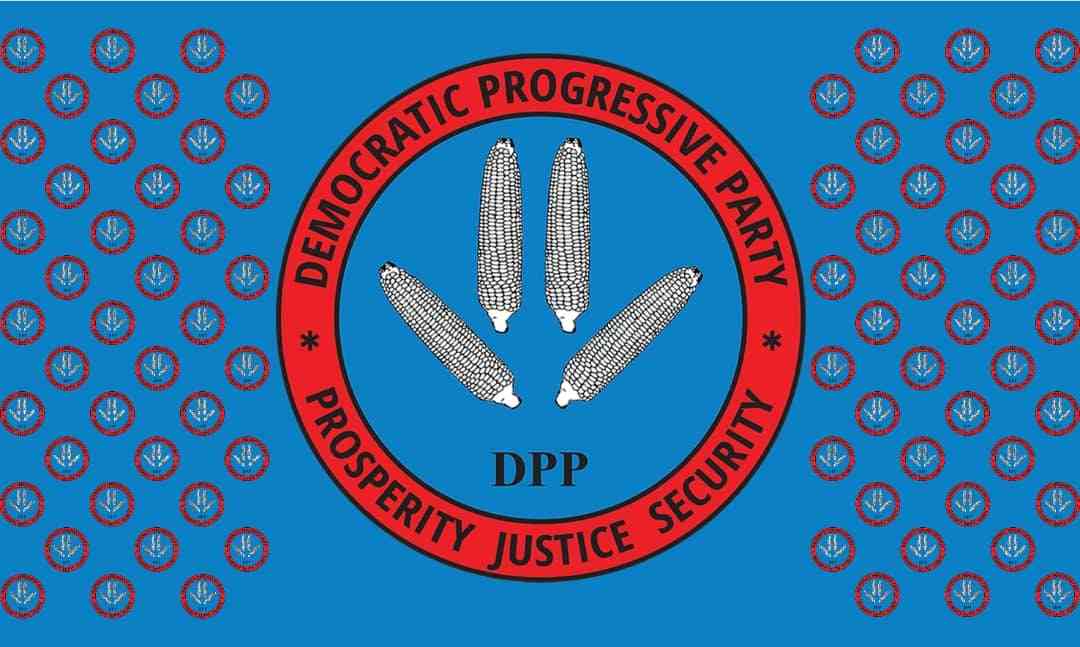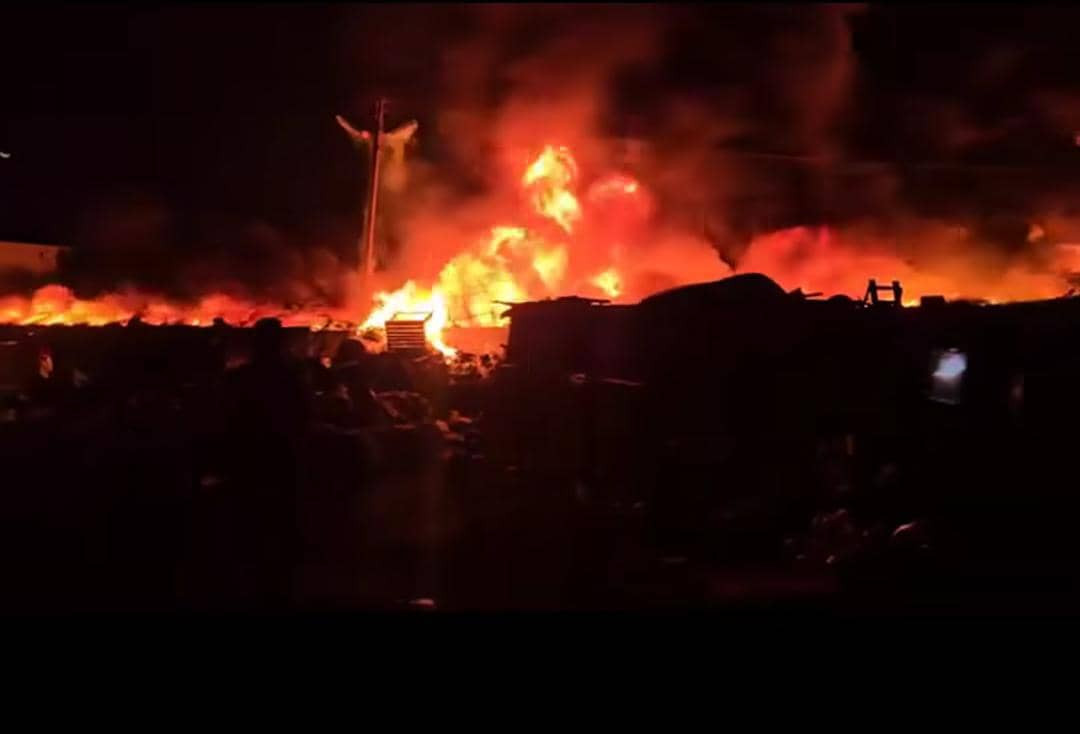
BY MIRIAM MANGWAYA/ PRAISEMORE SITHOLE
THIS year’s festive season recorded more road traffic accidents (RTAs) mostly due to human error, as compared to the 2019 – 2020 season, statistics released by the police reveal.
According to the statistics, there were, however, fewer fatalities — 67 people compared to 74 for last year in accidents which occurred during the Unity Day, Christmas, Boxing Day and New Year holidays.
“Most of the fatal road traffic accidents occurred in major highways and towns as a result of speeding, inattention, misjudgment, failure to maintain braking distance and recklessness on the part of drivers,” police said.
Seventeen people perished in a head-on collision in Mutoko while six others died in another head-on collision in Mvuma during the festive holidays.
But motorists have attributed the increased number of accidents to bad roads which impedes safe driving.
Passenger Association of Zimbabwe (PAZ) has blamed the government for the pothole-infested roads in the country.
The passenger association accused government of failing to provide councils with adequate money to rehabilitate the road network which has of late worsened due to the rains.
- Chamisa under fire over US$120K donation
- Mavhunga puts DeMbare into Chibuku quarterfinals
- Pension funds bet on Cabora Bassa oilfields
- Councils defy govt fire tender directive
Keep Reading
Recently, Harare City Council claimed it had failed to rehabilitate its road network after receiving insufficient funds from Zimbabwe National Roads Administration (Zinara).
The Bulawayo City Council said the funds allocated by Zinara were inadequate to meet road rehabilitation demands.
“The main problem is that city councils no longer collects vehicle licence money, it is now being collected by Zinara.
“When the councils were collecting licence money; roads were fixed every now and then,” PAZ president Tafadzwa Goliati said yesterday.
In a survey conducted by NewsDay, road users said although human error contributed to RTAs, the poor state of the country’s major highways was also contributing greatly to the accidents as some roads had become impassable.
“The incessant rains have damaged most of the country’s major highways such that one cannot travel above 50km/h in some highways that have not been rehabilitated,” said Juliget Jongwe, a kombi operator.
But Doreen Musarurwa, a private motorist, said speeding and negligent driving in potholed roads was resulting in increased RTAs.
“The roads are badly damaged that previously tarred roads have turned gravel and drivers need to exercise extreme caution when driving on such roads,” Musarurwa said.
Another road user, Alford Gwaringa said: “Local roads, some considered highways, are very narrow, and can not serve the huge volume of traffic.
“The roads are too bad that driving on those roads is no longer enjoyable. It’s tiresome”
Motorists also said although government was making commendable efforts on the Beitbridge-Chirundu Highway, it should not neglect the other highways which are equally important for both local and international travellers.
Transport minister, Joel Biggie Matiza told NewsDay in an interview that government had released funds through Zinara to ensure the rehabilitation of roads in all provinces throughout the country.
“Government is aware of the state of the roads and funds have been availed to rehabilitate damaged roads.
“This year, we are targeting to complete another 200km of the Chirundu-Beitbridge Highway to reduce traffic accidents on that highway,” he said.
Police said motorists were overloading their vehicles with passengers and using vehicles which are not roadworth, which was contributing to a higher number of fatalities in the event of accidents.
According to a 2017 report by Unicef in partnership with Abertis Foundation on the impact of road traffic accidents with child victims, 90% of global traffic accidents occur in low and middle-income economy countries such as Zimbabwe, and children are the most vulnerable.
The report further lack of road safety cause 1,35 million deaths per year globally and 20 to 50 million life-changing injuries to victims.











